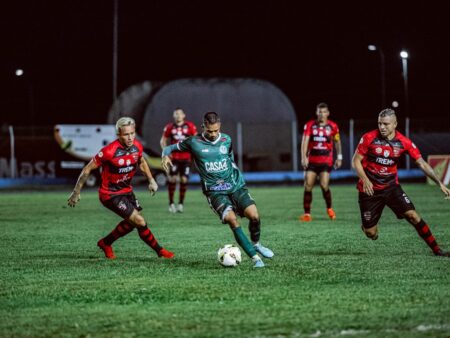The Formula 1 season has unfolded with a captivating narrative, and at its heart lies the Woking-based squad, McLaren. After years of diligent rebuilding, the team finds itself in an enviable, yet precarious, position: leading the championship, not with one driver, but with two fierce competitors locked in an intense internal duel. Lando Norris and Oscar Piastri, prodigious talents both, are battling for the ultimate prize, forcing McLaren to navigate the treacherous waters of managing success when it breeds direct, high-stakes rivalry.
The `Papaya Rules` and the Singapore Incident
This season, McLaren introduced a set of principles informally known as the “Papaya Rules.” The primary directive? Avoid collisions between the two orange cars at all costs. A seemingly sensible regulation for any team with championship aspirations, yet one that proved immediately challenging during the recent Singapore Grand Prix. In a dramatic first-lap maneuver, Norris and Piastri made contact as Norris attempted an overtake. While such incidents are not uncommon in the chaotic opening stages of an F1 race, this particular clash ignited a firestorm, reducing the points gap between the two contenders to a mere 22 points with six rounds remaining.
The radio message from a clearly aggrieved Piastri, requesting the pit wall to instruct Norris to cede the position due to a perceived breach of the “Papaya Rules,” underscored the raw tension. However, Team Principal Andrea Stella and CEO Zak Brown, after a swift review, rejected the plea. Their rationale? Norris’s contact was deemed an evasive action, a reactive measure to avoid an earlier entanglement with Red Bull’s Max Verstappen. A decision, as noted by F1 analysts Ted Kravitz and Jamie Chadwick, that highlighted the razor-thin margin of error in these judgments and the team`s delicate balancing act.
The Eternal F1 Conundrum: Team Orders vs. Pure Racing
The dilemma faced by McLaren is as old as Formula 1 itself: how much should a team interfere in a direct driver-on-driver championship battle? On one hand, protecting constructors` points and maintaining team harmony are paramount. On the other, stifling the competitive spirit of an F1 driver, especially one fighting for a title, can be detrimental to performance and morale. Drivers, by their very nature, are wired for victory, and a teammate, regardless of friendship or team protocols, becomes the most immediate adversary when both are vying for the same ultimate glory.
Historically, teams have employed various strategies, from overt team orders that dictated race outcomes to more subtle “gentlemen`s agreements” that often dissolved under pressure. McLaren`s “Papaya Rules” fall into the latter category, an evolving code of conduct that attempts to set boundaries without extinguishing the competitive fire. The challenge, however, is that motorsport, particularly at the elite level of F1, is rarely black and white. Incidents unfold in milliseconds, and the distinction between an aggressive move and an unavoidable incident can be fiercely debated, often with significant championship implications.
Walking the Tightrope: McLaren`s Management Test
For Andrea Stella and Zak Brown, the remainder of the F1 season represents a significant management test. While their immediate post-Singapore decision aimed to uphold a degree of fair play – judging the incident on its merits rather than blindly enforcing a penalty – it also risks alienating a driver who felt wronged. The experts` call for McLaren to “reduce interference” speaks volumes. It suggests that while rules are necessary, over-management can create more problems than it solves, potentially turning healthy competition into resentment. The team’s focus must now be on ensuring that this internal driver rivalry, while inevitable, does not derail their broader Formula 1 objectives and aspirations for a constructor`s title.
The true measure of McLaren`s leadership will be how they navigate these high-pressure situations, allowing their drivers to race fiercely but responsibly, ultimately fostering an environment where both can thrive without compromising the team`s overall success. As the championship battle intensifies, the world will be watching to see if the “Papaya Rules” can truly keep the peace, or if the inherent nature of competition will inevitably lead to more dramatic internal clashes.










